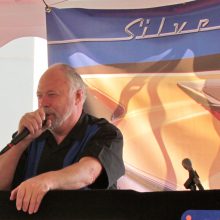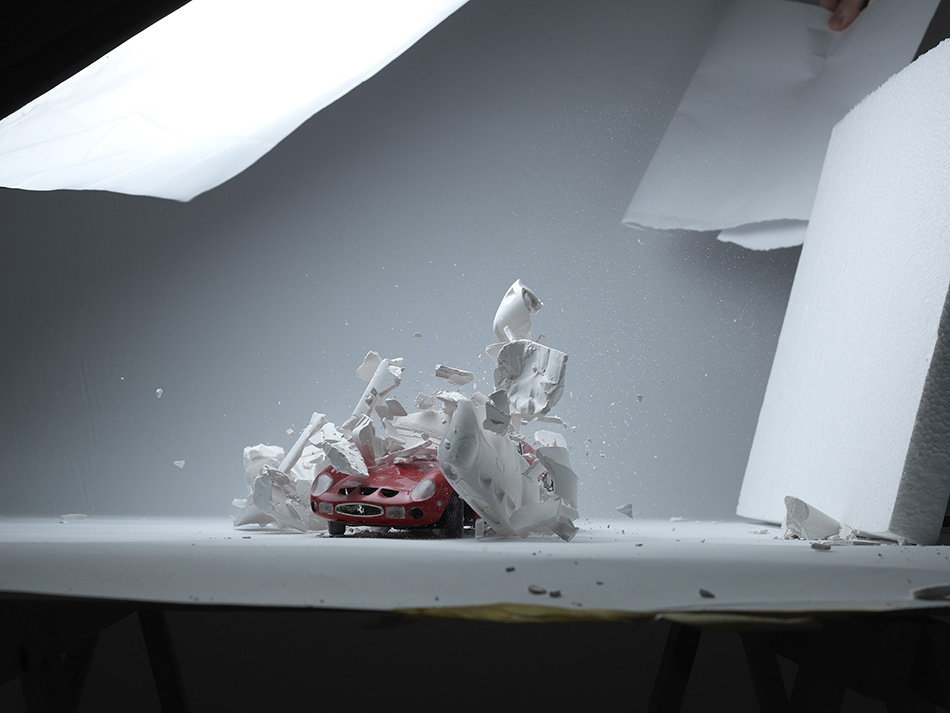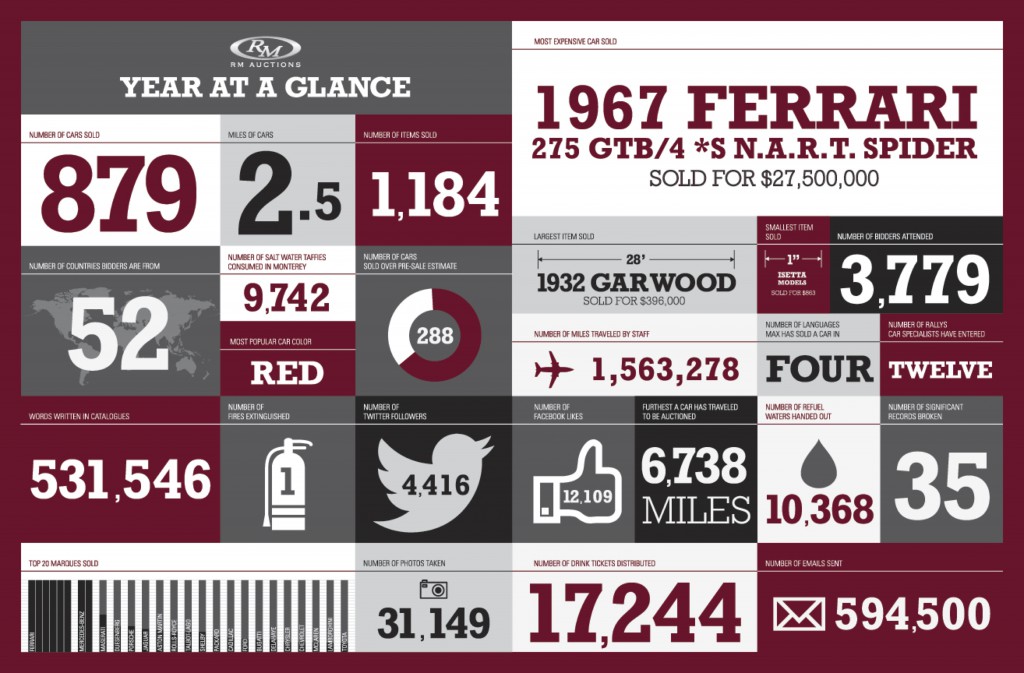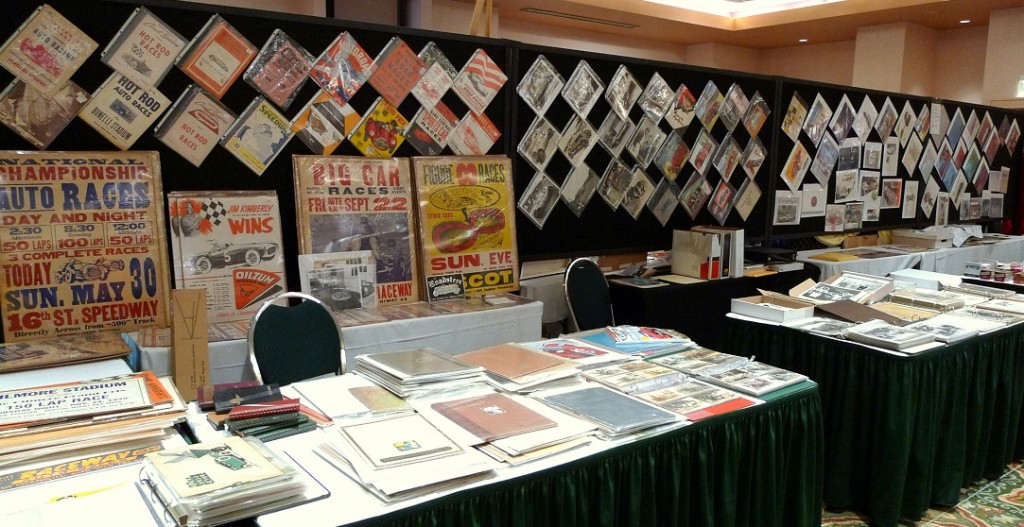
Arizona’s famed Auction Week gets rolling this year in a brand new way, with a full-blown, high-end concours d’elegance on the lawns of the historic Arizona Biltmore Resort in Phoenix.
The inaugural Arizona Concours d’Elegance happens Sunday, January 12, to launch the collector-car madness that includes no fewer than six major auctions in the Scottsdale/Phoenix area. The Arizona Concours will display 77 exceptional cars ranging from vintage and full classic to sports and exotic on the winter grass at the Biltmore.
A special feature at the Arizona Concours is the weather. While much of the nation freezes, temperatures in Phoenix are expected to be in the upper 60s to low 70s.

If you can’t make it to the concours, you can watch it live Sunday via a web cast on arizonaconcours.com starting at 11 a.m. (Mountain time). However, you will miss the balmy weather.
Modeled after such leading concours as those at Pebble Beach, Calif., and Amelia Island, Fla., the Arizona Concours is a showcase of fabulous automobiles in 20 classes that will be critiqued by some of the nation’s most-experienced concours judges. The respected John Carlson serves as chief judge.
The trophies were designed by Ed Mell, an acclaimed Arizona painter and sculptor, who, in keeping with the Frank Lloyd Wright-inspired Biltmore Resort, created them from a 1930s-vintage art deco toy car. A number of special trophies and awards also are planned.
Keith Martin, the publisher of Sports Car Market and American Car Collector magazines, will host the concours as emcee.

“Auctions and concours go together because they’re all about great cars,” Martin said. “Anywhere you go in the world, there tend to be great concours along with the very best auctions. It makes sense to have this concours here.”
The honored marques for the inaugural concours are Maserati, the Italian sports and racing brand that celebrates its 100th anniversary during 2014, and Packard, one of the most revered names in classic American luxury cars.
The Arizona Concours begins at 8:30 am Sunday, with the awards ceremonies starting at 2 pm. The event is open to the public with tickets available at www.arizonaconcours.com or at the Biltmore on Sunday. Proceeds benefit Make-A-Wish Arizona, the founding chapter of the national organization that grants wishes for children with life-threatening illnesses.
For more information about the inaugural event, see www.arizonaconcours.com.
Among the featured cars that will appear at the Arizona Concours are:
1907 Renault AI 35-45
This 1907 Renault AI 35-45 is one of five cars ordered from Renault of France by William K. Vanderbilt for himself and his friends. Renault had just won the 1906 French Grand Prix and Vanderbilt was so impressed that he ordered these slightly smaller versions of the winning car. Vanderbilt was an early supporter of automobile racing and the namesake of the Vanderbilt cup, the first international racing event in the United States.
1924 Hispano-Suiza H6
This unique Hispano-Suiza was originally built as a formal limousine, and then re-bodied in 1934 by Swiss coachbuilder Hermann Graber with this sporty LeBaron convertible design. Hispano-Suiza built some of the most elegant automobiles of the time, competing with Roll-Royce and other top luxury brands.
1937 Maserati 6CM
A grand prix race car, this is one of just 27 built by the Maserati factory for its “works” racing program to compete against the state-supported German teams that were dominating Grand Prix racing at the time. The 6CM was one of the most advanced racers of the era, and examples were used by private racing teams as well with much success.
1937 Cord 812
The Cord convertible owned and driven by silent-screen Western film star Tom Mix is the very car in which he crashed fatally Oct. 12, 1940, near Florence, Ariz. The Cord has been completely repaired and restored, and is festooned with flags, badges and other Western regalia as Mix had decorated the car when he owned it. This is a unique and important piece of early Hollywood and Arizona history.
1958 Lister-Jaguar
The factory team car driven by Walt Hansgen, shown in a period picture during the 1958 British Grand Prix at Silverstone. For 1957, Lister Cars of Cambridge, England, designed the car around a Jaguar D-type inline-six using an aerodynamic aluminum body. It was tested out at the time by racing journalist John Bolster, who performed a 0–100 mph sprint in 11.2 seconds. Driver Archie Scott Brown won the 1957 British Empire Trophy in a Lister-Jaguar. The Lister-Jaguar was refined again for 1958, and was entered by the team in international competition with impressive results.

















